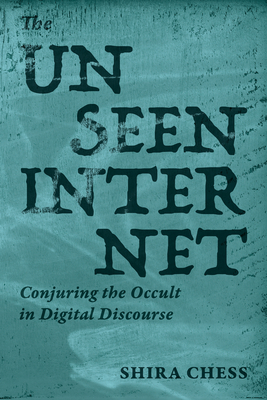Programmed Visions: Software and Memory (Paperback)
暫譯: 程式化的視野:軟體與記憶 (平裝本)
Wendy Hui Kyong Chun
- 出版商: MIT
- 出版日期: 2013-01-11
- 定價: $875
- 售價: 8.0 折 $700
- 語言: 英文
- 頁數: 254
- 裝訂: Paperback
- ISBN: 0262518511
- ISBN-13: 9780262518512
-
相關分類:
Computer-Science
立即出貨
商品描述
New media thrives on cycles of obsolescence and renewal: from celebrations of cyber-everything to Y2K, from the dot-com bust to the next big things -- mobile mobs, Web 3.0, cloud computing. In Programmed Visions, Wendy Hui Kyong Chun argues that these cycles result in part from the ways in which new media encapsulates a logic of programmability. New media proliferates "programmed visions," which seek to shape and predict -- even embody -- a future based on past data. These programmed visions have also made computers, based on metaphor, metaphors for metaphor itself, for a general logic of substitutability.
Chun argues that the clarity offered by software as metaphor should make us pause, because software also engenders a profound sense of ignorance: who knows what lurks behind our smiling interfaces, behind the objects we click and manipulate? The combination of what can be seen and not seen, known (knowable) and not known -- its separation of interface from algorithm and software from hardware -- makes it a powerful metaphor for everything we believe is invisible yet generates visible, logical effects, from genetics to the invisible hand of the market, from ideology to culture.
商品描述(中文翻譯)
新媒體在過時與更新的循環中蓬勃發展:從對網路一切的慶祝到千年蟲(Y2K),從網路泡沫到下一個大事件——行動群體、Web 3.0、雲端運算。在《程式化的視野》中,Wendy Hui Kyong Chun 主張這些循環部分源於新媒體所封裝的可程式化邏輯。新媒體繁衍出「程式化的視野」,這些視野試圖塑造和預測——甚至具體化——基於過去數據的未來。這些程式化的視野也使得電腦成為隱喻,成為隱喻本身的隱喻,成為一種替代性的一般邏輯。
Chun 主張,作為隱喻的軟體所提供的清晰度應該讓我們停下來思考,因為軟體也產生了深刻的無知感:誰知道我們微笑的介面背後潛藏著什麼,在我們點擊和操作的物件背後又隱藏著什麼?可見與不可見、已知(可知)與未知的結合——介面與演算法、軟體與硬體的分離——使其成為一個強大的隱喻,涵蓋了我們相信是看不見卻產生可見、邏輯效果的一切,從基因學到市場的無形之手,從意識形態到文化。















.jpg)

